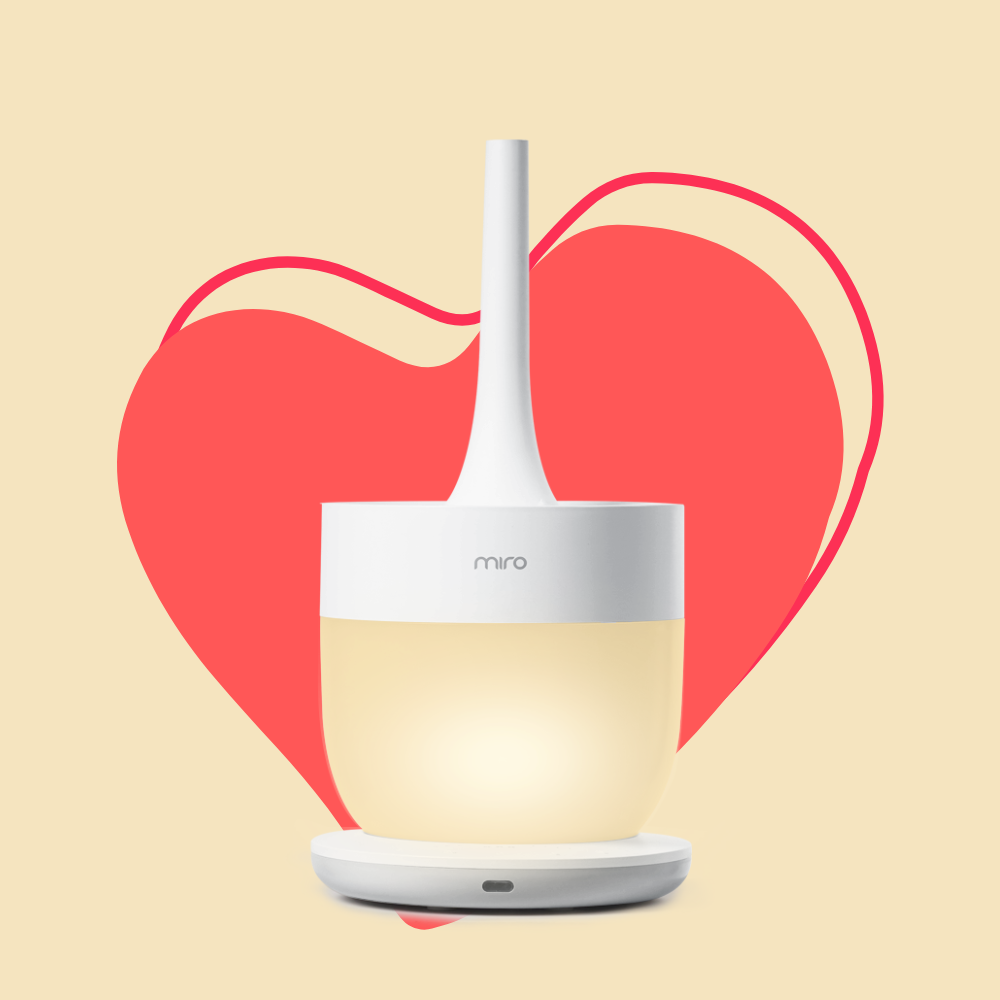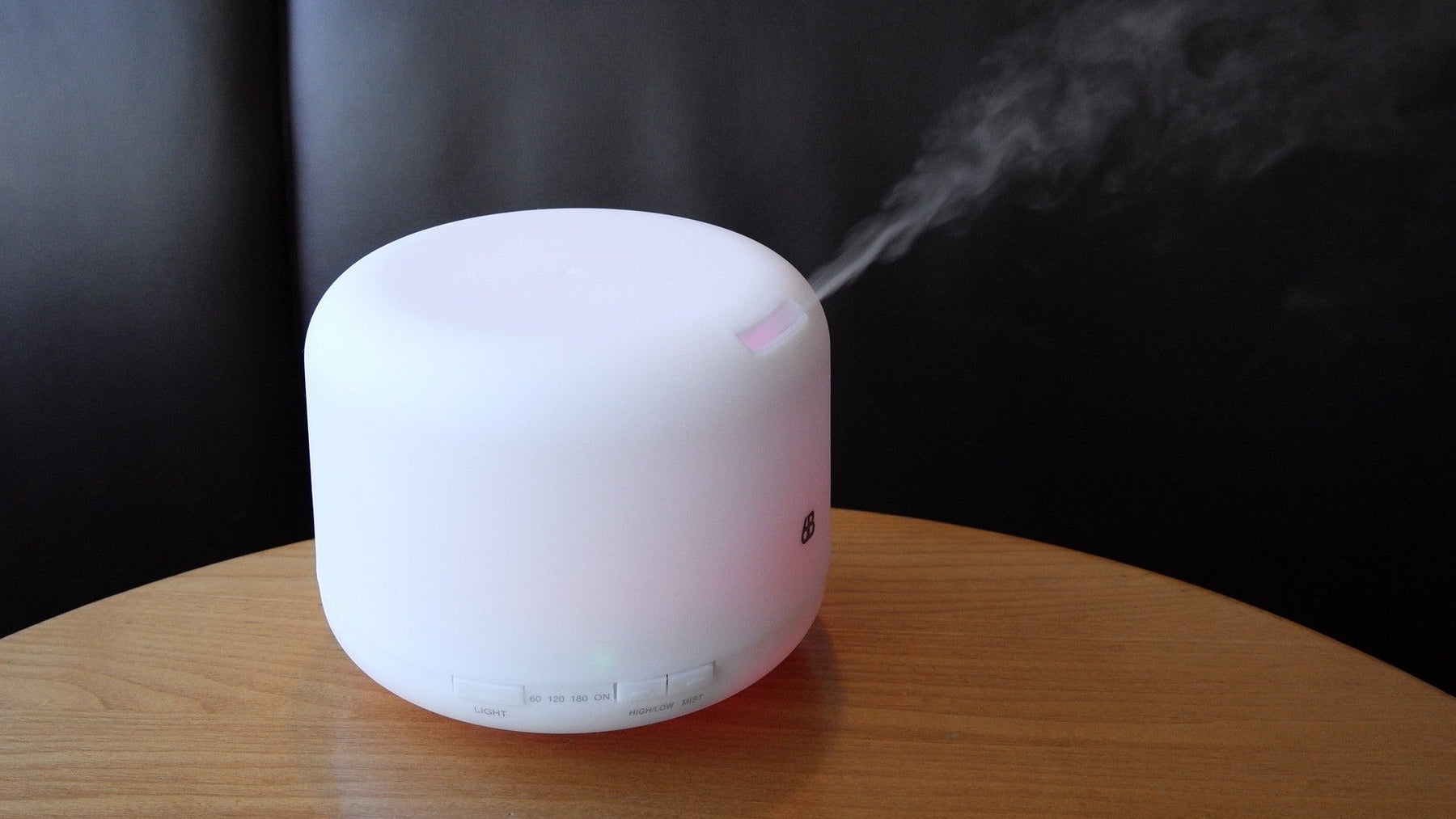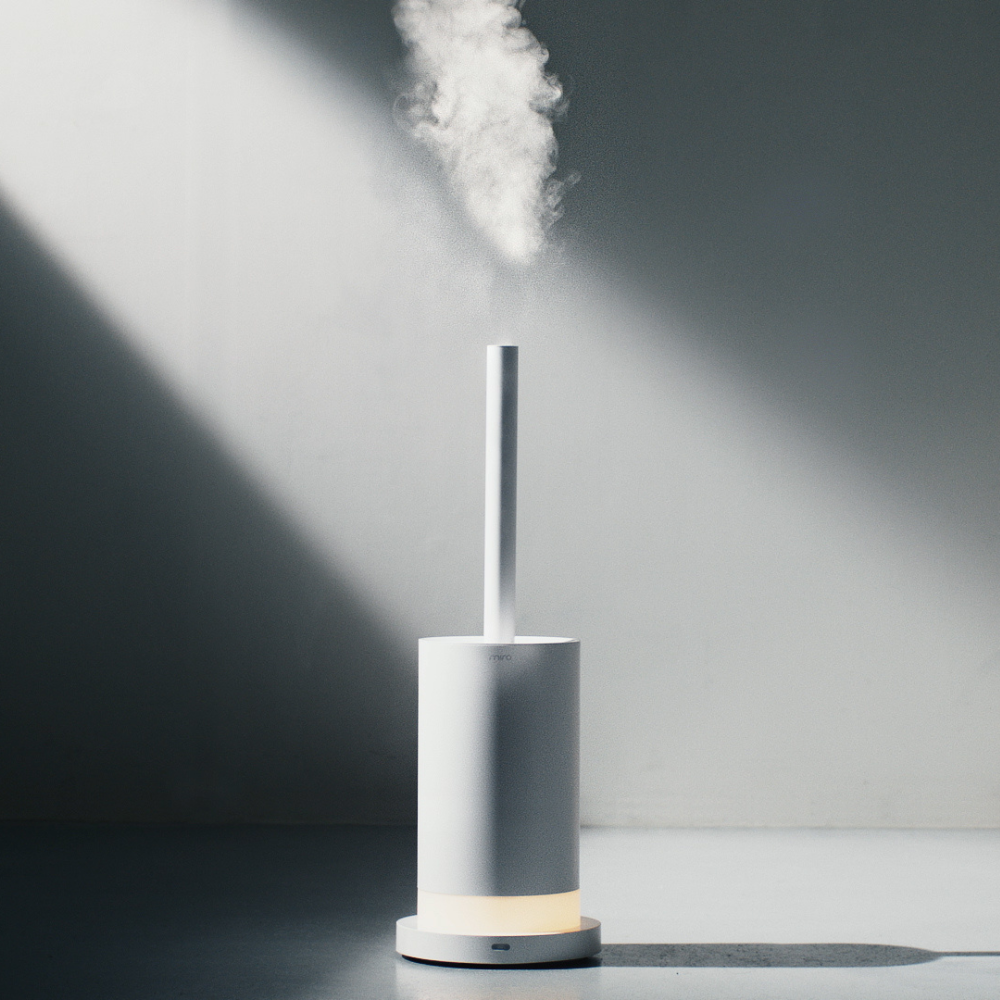

When to Turn Off Your Humidifier: A Guide to Healthy Humidity Levels
Humidifiers can be a great addition to our living spaces, helping us combat dry air and creating a comfortable environment.
However, knowing when to turn off your humidifier is equally important to maintain a healthy balance of humidity. In this article, we'll delve into the signs that indicate it's time to switch off your humidifier and explore tips for optimal humidity control. So, let's dive in and uncover the secrets of humidifier management with a touch of humor and a friendly tone.
Understanding Humidity Levels
Before we jump into the signs indicating it's time to switch off your humidifier, let's understand the optimal humidity range for comfort and health. Ideally, indoor humidity should be between 30% and 50% to ensure a pleasant environment. However, exceeding this range can lead to various problems, such as condensation, mold growth, and discomfort. On the other hand, low humidity can cause dry skin, respiratory issues, and damage to wooden furniture.
Signs It's Time to Turn Off Your Humidifier
1.Excessive condensation on windows and surfaces: If you notice water droplets forming on your windows or surfaces, it's a clear sign that the humidity levels are too high. Turn off your humidifier to prevent further condensation and potential mold growth.
2.Mold or mildew growth: If you spot any signs of mold or mildew in your home, it's essential to address the issue promptly. Excessive humidity from your humidifier can create a favorable environment for mold to thrive. Turn off the humidifier, clean the affected areas thoroughly, and ensure proper ventilation to prevent further mold growth.
3.Discomfort or difficulty breathing: While humidifiers are meant to provide comfort, excessively high humidity can lead to discomfort and difficulty breathing. If you start feeling sticky or sweaty, or if the air feels heavy, it's a sign that the humidity levels are too high. Consider turning off the humidifier and allowing the air to circulate.
4.Increased allergy symptoms: If you or your family members experience worsened allergy symptoms, such as sneezing, congestion, or itchy eyes, it could be due to excessive humidity. Dust mites and mold thrive in high humidity, triggering allergic reactions. Turning off the humidifier can help alleviate these symptoms.
5.Peeling wallpaper or damaged furniture: High humidity levels can cause wallpaper to peel and wooden furniture to warp or swell. If you notice these signs, it's an indication that the humidity is too high. Turn off the humidifier and take measures to reduce the moisture in the air.
Considerations for Different Types of Humidifiers
Different types of humidifiers operate differently and have varying effects on humidity levels. Let's briefly discuss a few common types and their considerations:
1.Cool mist humidifiers: These humidifiers disperse cool mist into the air, making them ideal for hot climates or during the summer. However, they can increase humidity levels quickly, so it's important to monitor and adjust accordingly.
2.Warm mist humidifiers: Warm mist humidifiers release heated moisture, which can provide soothing relief during the colder months. They tend to raise the temperature in the room, so it's crucial to maintain a balanced humidity level and avoid overheating.
3.Evaporative humidifiers: These humidifiers use a fan to blow air over a wet wick or filter, evaporating water and increasing humidity. They are generally safe to use, but regular cleaning and filter maintenance are necessary to prevent mold or bacterial growth.
4.Ultrasonic humidifiers: Ultrasonic humidifiers use ultrasonic vibrations to create a fine mist. They are generally quiet and energy-efficient. However, they can quickly increase humidity levels, so it's essential to monitor the air and adjust the settings accordingly.
Monitoring and Adjusting Humidity Levels
To ensure optimal humidity control, it's important to monitor and adjust humidity levels as needed.
Here are some tips to help you maintain a comfortable environment:
1.Using a hygrometer to measure humidity: A hygrometer is a device that measures humidity levels. Place it in the room where your humidifier is operating to keep track of the humidity. Aim for a range of 30% to 50% for most comfortable conditions.
2.Maintaining optimal humidity throughout the day: Humidity requirements may vary depending on the time of day and your activities. For example, higher humidity levels may be suitable for sleeping, while lower levels may be preferred during the day. Adjust your humidifier settings accordingly.
3.Adjusting the humidifier settings accordingly: Most humidifiers allow you to control the level of humidity output. Start with a lower setting and gradually increase it until you find the right balance. Regularly monitor the humidity levels and make adjustments as necessary.
Humidity Control Tips for Different Environments
Humidity control needs may vary depending on the specific areas of your home or office. Here are some tips to help you manage humidity in different environments:
1.Bedrooms and sleeping areas: Aim for slightly higher humidity levels in bedrooms to promote better sleep and prevent dryness. Keep the levels between 40% and 50% during sleep hours. Make sure the room is well-ventilated to avoid excessive condensation.
2.Living rooms and common spaces: Maintain humidity levels between 30% and 45% in shared living spaces. This range ensures comfort while minimizing the risks of mold growth and discomfort.
3.Offices and workspaces: Offices and workspaces often have electronic equipment that generates heat. Aim for a humidity range of 30% to 40% to prevent moisture-related damage to equipment and maintain a comfortable working environment.
4.Nurseries and children's rooms: Infants and young children are more sensitive to dry air. Maintain humidity levels between 40% and 50% to prevent dry skin and respiratory discomfort. Ensure proper ventilation to avoid excessive moisture buildup.
Humidifier Safety Precautions
While humidifiers offer numerous benefits, it's essential to follow safety precautions to ensure their effective and safe use:
1.Regular cleaning and maintenance: Clean your humidifier regularly as per the manufacturer's instructions. This helps prevent the buildup of mold, bacteria, and mineral deposits, ensuring clean and safe mist output.
2.Using distilled or demineralized water: Tap water can contain minerals and impurities that can be dispersed into the air by the humidifier. To avoid mineral buildup and white dust, use distilled or demineralized water in your humidifier.
3.Avoiding over-humidification: Excessive humidity can lead to condensation, mold growth, and discomfort. Monitor the humidity levels and turn off or adjust the humidifier if necessary to prevent over-humidification.
4.Following manufacturer's instructions: Each humidifier has specific instructions for operation, maintenance, and safety. Read and follow the manufacturer's guidelines carefully to ensure proper usage and avoid any potential risks.
FAQs
How do I know if my humidifier is causing mold?
Signs of mold growth, such as a musty smell, visible black spots, or allergy-like symptoms, may indicate that your humidifier is contributing to mold growth. It's important to turn off the humidifier, clean the affected areas, and ensure proper ventilation.
Can I leave the humidifier on all night?
It's generally safe to run a humidifier at night, especially if you live in a dry climate or experience respiratory issues. However, monitor the humidity levels and ensure they stay within the recommended range to avoid excessive moisture in the room.
Should I turn off the humidifier when I leave the house?
It's advisable to turn off the humidifier when you leave the house to prevent excessive humidity buildup in your absence. This reduces the risk of condensation, mold growth, and energy wastage.
Can a humidifier make the air too dry?
No, humidifiers add moisture to the air. However, if the humidifier is set too high or left running for an extended period, it can create an overly humid environment, leading to discomfort and potential issues. Monitor and adjust humidity levels accordingly.
Is it safe to use a humidifier around pets and children?
Humidifiers are generally safe to use around pets and children. However, it's important to maintain optimal humidity levels and follow safety precautions. Keep the humidifier out of reach, use distilled water, and ensure proper cleaning and maintenance to minimize any risks.
Conclusion
Humidifiers are valuable tools for maintaining optimal humidity levels in our living spaces. However, it's crucial to know when to turn them off to avoid excessive moisture, discomfort, and potential issues such as mold growth. By understanding the signs that indicate it's time to switch off your humidifier and following proper maintenance practices, you can create a healthy and comfortable environment.


